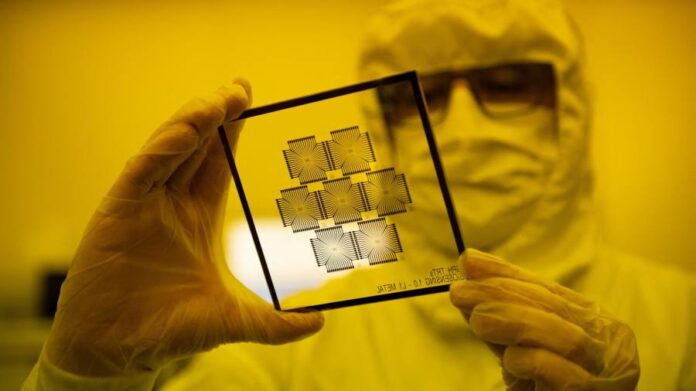The writers are executive vice-presidents of the European Commission
Can Europe’s economy stay globally competitive in the face of multiple challenges? That question is being hotly debated across the EU right now, and finding the right answers requires a fact-based analysis.
Let us not forget that the European economy has shown remarkable resilience and agility. We overcame the pandemic thanks to fast co-ordination and solidarity. Together, we are adapting to Russia’s continued war in Ukraine, which has hit our economy hard. We are moving away from Russian fossil fuels, employment is holding up and inflation has dipped.
Still, the war is not over, high energy prices and inflation will persist, as will strains on supply chains worldwide and broader geopolitical shifts. These are mighty challenges for our industrial sector, which needs to adapt to a greener and more digital future to stay at the global cutting edge. In addition to all this there is the Inflation Reduction Act, the United States’ flagship plan to green its domestic economy.
While sending a strong message on climate action, this act incentivises the (re) location of industry to the US, thereby potentially putting the EU industrial base for clean technologies at a disadvantage. It has led some in Europe to call for an IRA-like response of our own. But a tit-for-tat reaction risks significant economic self-harm. Instead, to make Europe the home of industrial innovation as we transition to net zero, we need common action through an EU green deal industrial plan. This should cover four pillars: the business environment, financing, skills and trade.
The need to develop clean technologies, renewable energy sources and improved digital capacity has only grown more urgent with Russia’s war. And we are speeding up on all fronts.
Hundreds of billions of euros in Recovery and Resilience Facility funding are earmarked for upgrading our industrial base and infrastructure. The European Commission will propose a European sovereignty fund to support upstream research, innovation and strategic industrial projects. The revised emissions trading system is expected to raise close to €700bn by 2030. Other existing instruments can contribute, as can the European Investment Bank.
We need to do more and take a clear-eyed look at the challenges we face. But we should also have more confidence in our unique model and attractiveness as an investment destination. The European model is based on openness, the welfare of citizens and workers, a business-friendly environment and the jewel in our crown, the EU single market, the biggest internal market in the world, equipped with clear rules for business and investors.
We should build on these fundamentals. Competitiveness requires a broad set of reforms, creating an environment more conducive to innovation, ensuring adequate skills, reducing administrative burden and further deepening the single market. We urgently need to get private investments to flow, as public money will not be enough. Rolling out the capital markets union to drive investment is the most cost-effective step we can take.
Changes to the temporary framework for state aid can bring further, targeted relief. However, a massive surge in subsidies when countries have different financial means will only risk fragmentation of the single market. Subsidies must not come at the cost of well-functioning markets and fair competition.
The EU applauds the American decision to get serious about action on climate change. It confirms sustainability will be central to future economic growth. Yet we remain concerned at the discriminatory aspects of the IRA. We need to see real progress in our talks with the US to remove these risks.
Like-minded partners have so much more to gain when we work with each other to incentivise the development of green and climate-friendly technologies. The EU and US should be building an open, thriving transatlantic marketplace for our innovators and investors.
This brings us to the last essential element: maintaining our open approach to global trade. Europe relies more on a well-functioning global economic order than other major powers because we are an exporting powerhouse. As we are not rich in the natural resources and key inputs required to drive the green and digital transitions, our focus will be on widening our network of trade agreements with trusted partners.
The coming decades will see the greatest industrial transformation of our age — maybe ever. The EU has difficult choices to make, but we have every reason to remain confident about the strength and adaptability of our market as we do so.






